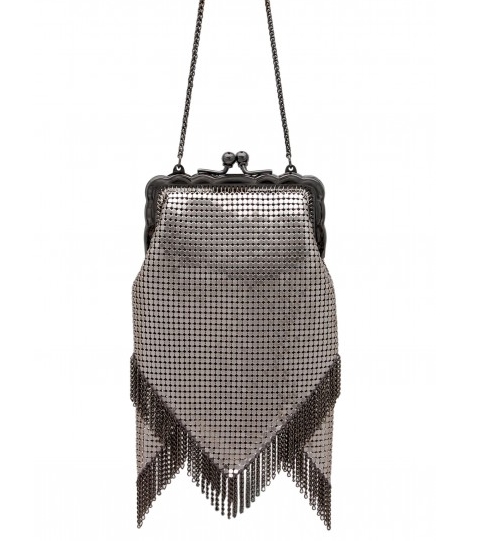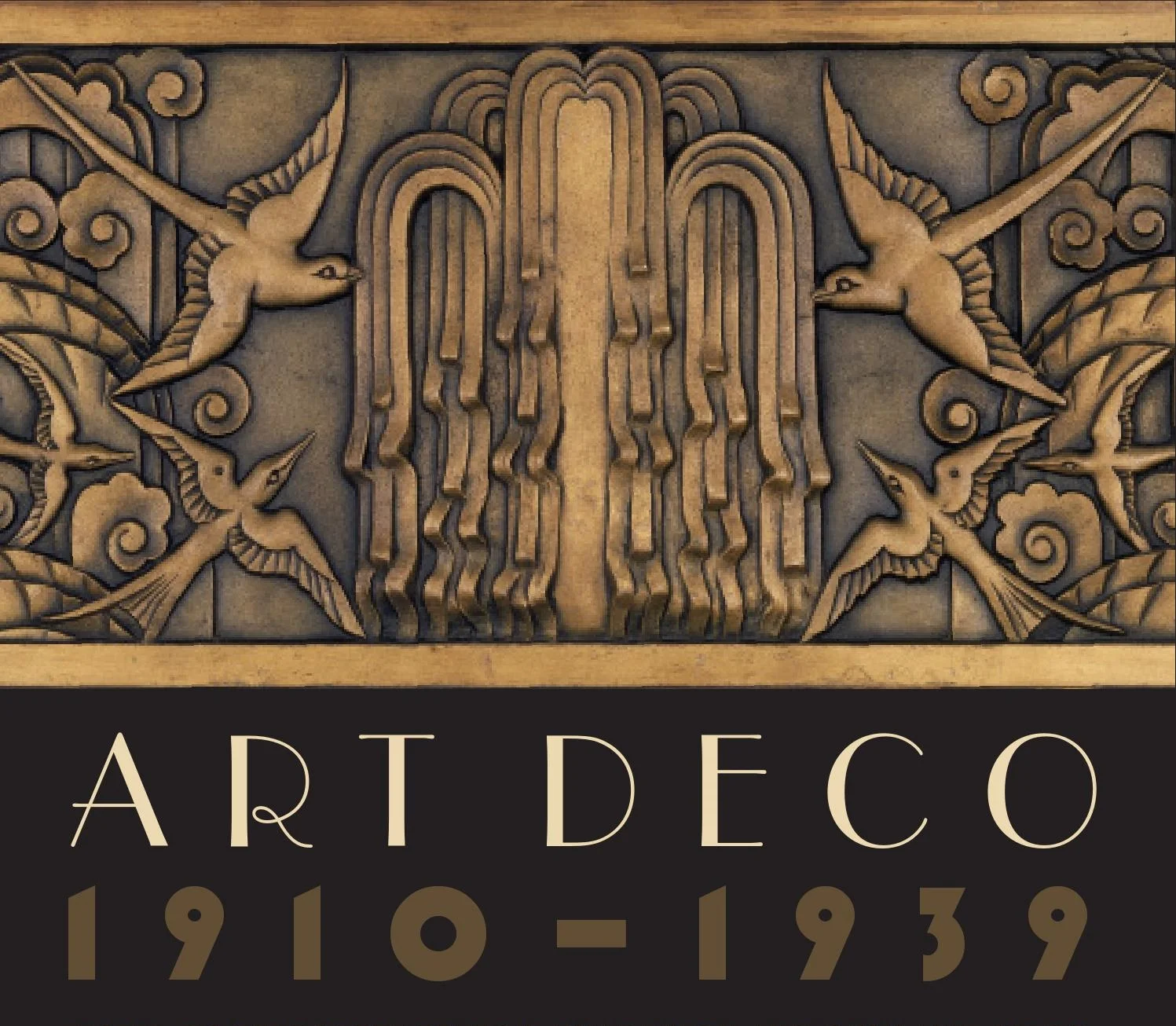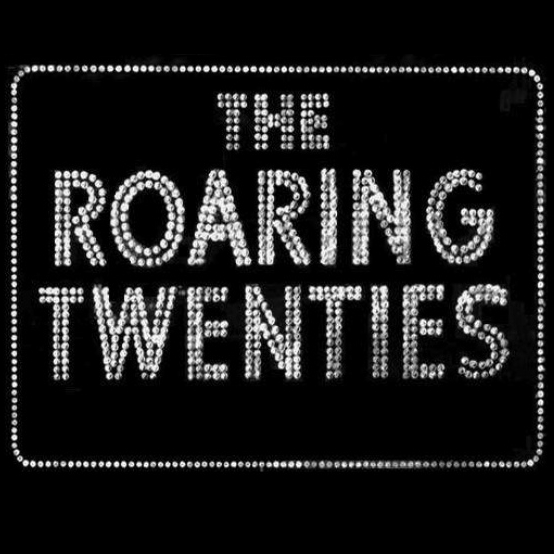'Art Deco 1910-1939' by Charlotte and Tim Benton
Art Deco Style
Technically speaking, or should I say artistically speaking, we should only identify something 'Art Deco Style' if it was produced between 1910 and 1939, since that is when the design style originated.
It was one of the main art and design movements to come about during the Age of Modernism in the early 20th Century. However, we also refer to items produced today as 'Art Deco Style' if they fit the general aesthetic - sleek & streamlined, symmetrical & geometric design and bold bright or metallic colours.
Many art historians and purists scoff at the 'new' Art Deco. The common sentiment is that the revival Art Deco produced today is somewhat lacking in character and cheapens the meaning and symbolism of the original movement. I agree...to an extent.
I think that the revival pieces, when they are created as an homage to Art Deco, as opposed to trying to completely 'knock-off' an original piece, can be just as beautiful and exude just as much character as the work produced in the 1920's and 1930's.
Artistic inspiration can come from anywhere and often artists cannot help but interject elements of their favourite artistic style into their pieces. But copying something identically with the intention of passing it off as the real deal, is tacky and lacks integrity in my opinion.
Also, the price of a revival piece is usually a bit more palatable than the real thing. As much as many of us would like to own an original Art Deco collectible or painting, it may be out of reach due to the hefty price-tag. So, opting for an Art Deco influenced piece is a great way to get the Deco look, without breaking the bank.
Forever 21 Art Deco necklace
The Forever 21 Art Deco necklace to the right contains all of the classic style elements of Art Deco jewelry - geometric, angular design made out of materials resembling onyx and diamonds. It's definitely a 'fake' but it's not a knock-off (as far as I know). It gives you that cool, elegant Art Deco look, at a fraction of the price.
If you notice, I will often feature true-blue Art Deco pieces, as well as the revival works. I will refer to the revival pieces as just that. 'Art Deco inspired' is a term I commonly use to describe the pieces created after 1940.
I am neither an art historian, nor a purist, but a lover and enthusiast of the Art Deco Style - there is a big difference. The Art Deco aesthetic in general is very pleasing to my eye. The sleek and glossy surfaces, vivid colours, modern/streamlined design and the connotation of glamour and luxury is what I love most about the Art Deco style - real or revival.










